Sunglasses
25.00$
Call us for any question
+90 544 525 47 81Kazlıçeşme Mah. Kennedy Cad. Büyükyalı
İstanbul Sitesi H Blok No:52, 34020
Office Hour: 08:00am - 19:00pm
[email protected]




Hair transplantation is a surgical procedure that involves the extraction of hair follicles
from one area of the scalp, typically the back or sides of the head, and transplanting them
into areas where hair is thinning or balding. This procedure is a popular solution for those
who suffer from hair loss or baldness and desire a fuller head of hair.
The process begins with a consultation with a qualified hair transplant specialist, who will
evaluate the patient's scalp and determine the best approach for their specific needs.
During the procedure, the specialist will use a specialized instrument to extract individual
hair follicles from the donor area, which will then be carefully transplanted into the
recipient area of the scalp.
Hair transplantation can be performed using two different techniques: follicular unit
transplantation (FUT) or follicular unit extraction (FUE). FUT involves the removal of a
strip of skin from the donor area, which is then dissected into individual follicular units
for transplantation. FUE, on the other hand, involves the extraction of individual hair
follicles directly from the scalp using a micro motor which is the monst common nowadays.
Both techniques have their advantages and disadvantages, and the best approach will depend
on the patient's specific needs and goals. However, both techniques are minimally invasive,
and patients can typically return to work and normal activities within a few days following
the procedure.
The results of hair transplantation can be significant and long-lasting, with patients often
experiencing a noticeable improvement in hair thickness and density within a few months of
the procedure. However, it is important to note that hair transplantation is not a cure for
baldness and that further hair loss may occur in the future, requiring additional
procedures.
If you are considering hair transplantation, it is important to choose a qualified and
experienced surgeon who can provide you with the best possible results. By consulting with a
trusted expert in the field, you can gain a better understanding of the procedure and its
potential benefits and risks and make an informed decision about whether hair
transplantation is the right choice for you.
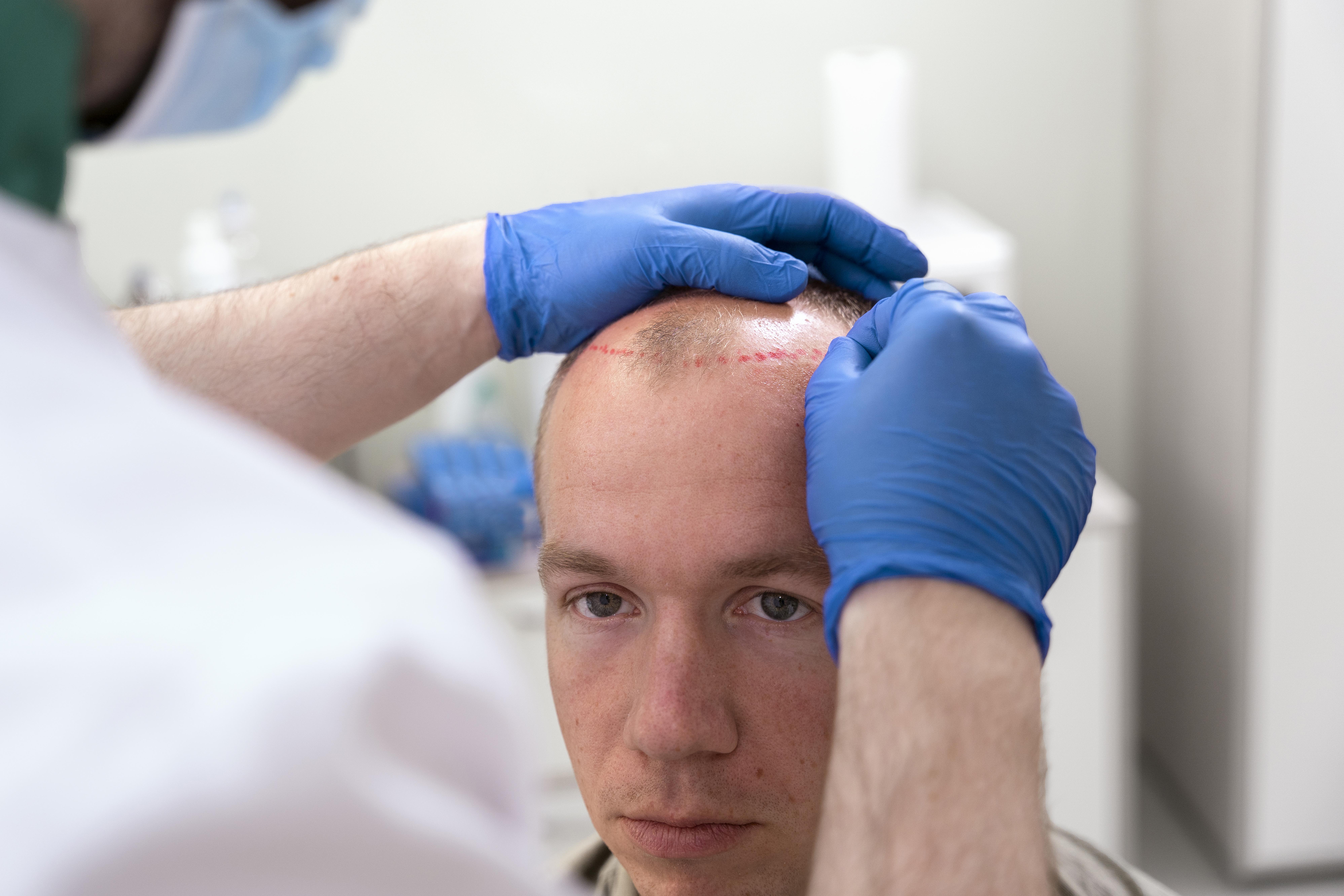
Follicular unit extraction (FUE) is a hair transplantation technique that
involves extracting individual hair follicles from the donor area of the
scalp and transplanting them into the recipient area. Unlike follicular unit
transplantation (FUT), which involves removing a strip of skin from the
donor area, FUE does not require any incisions or stitches.
During the FUE procedure, the surgeon will use a specialized instrument,
typically a micro punch, to extract individual hair follicles from the donor
area. These follicles are then carefully prepared for transplantation, and
the surgeon will make tiny incisions in the recipient area to insert them.
DHI hair transplantation method is the process of placing the hair follicles collected one by one from the patient in the transplantation area with the help of the implanter pen. The most obvious difference between FUE hair transplantation method and DHI hair transplantation is that it can be done without shaving. The procedure, which can be done in 2 steps in FUE technique can be done in 1 step with DHI.
While Sapphire is a quality stone known for its hardness, durability and brightness, this is the FUE technique where sapphire blades is used. With sapphire, small and thin channels are opened very well, the grafts won’t have much contact with the external side, has minimal risk for tissue damage, and recovery process is shorter.
Follicular unit transplantation (FUT) is a hair restoration procedure that involves removing a strip of skin from the back or sides of the scalp, which is then dissected into individual follicular units for transplantation into the balding or thinning areas. FUT is particularly effective for patients who require a large number of hair grafts, as the technique enables the extraction of a higher number of grafts in a single session. FUT can produce natural-looking and long-lasting results, and is a popular choice for those with advanced hair loss or those who require significant restoration. However, it does leave a linear scar at the donor site, which may not be suitable for patients who prefer to wear very short hairstyles.
Hair transplantation can be an effective solution for both men and women who are experiencing hair loss or thinning. Candidates for hair transplantation must have sufficient donor hair on the scalp to achieve the desired results, typically from the back or sides of the head. The ideal candidate is also in good general health and has realistic expectations about the outcome of the procedure. It is important to consult with a qualified and experienced hair transplantation sspecialist to determine if you are a good candidate for the procedure and to discuss the best approach to achieve your individual goals.
Even if you have unlimited hair follicles in each hair transplant session, unlimited grafts cannot be transplanted. A maximum of 6000 grafts (12.000-18,000 hairs) can be transplanted in each session. The ideal is not to exceed 5000 - 5500 grafts. Because there is a risk of necrosis in excess.
Since anesthesia will be applied during the procedure, pain is not felt. However, there may be headaches from the procedure, albeit rare. This is perfectly normal and expected. In the following days, the patient enters the healing process quickly and pain is not felt.
A hair transplant procedure can take between 8-14 hours, depending on the number of grafts to be transplanted, the technique to be used and the complexity of the surgery. It is preferable to start the operation early in the day, since it is generally a long operation.
Approximately 60-70% of the transplanted hair falls out within a month. We refer to this as the shock shedding term. Our goal is to transplant hair follicles, not hair strands. The transplanted hair follicles start to grow from the third month. The best results are achieved in 6-12 months.
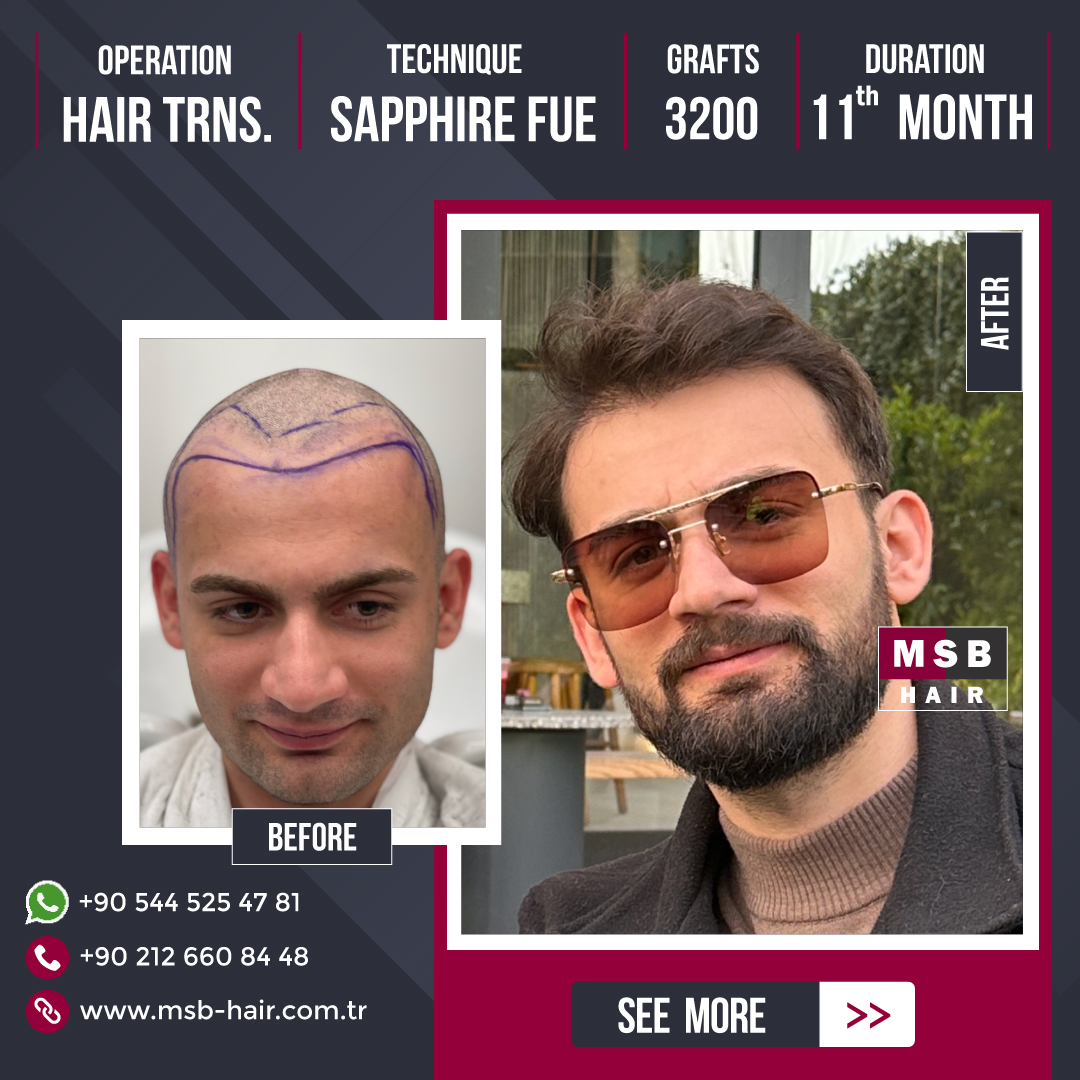

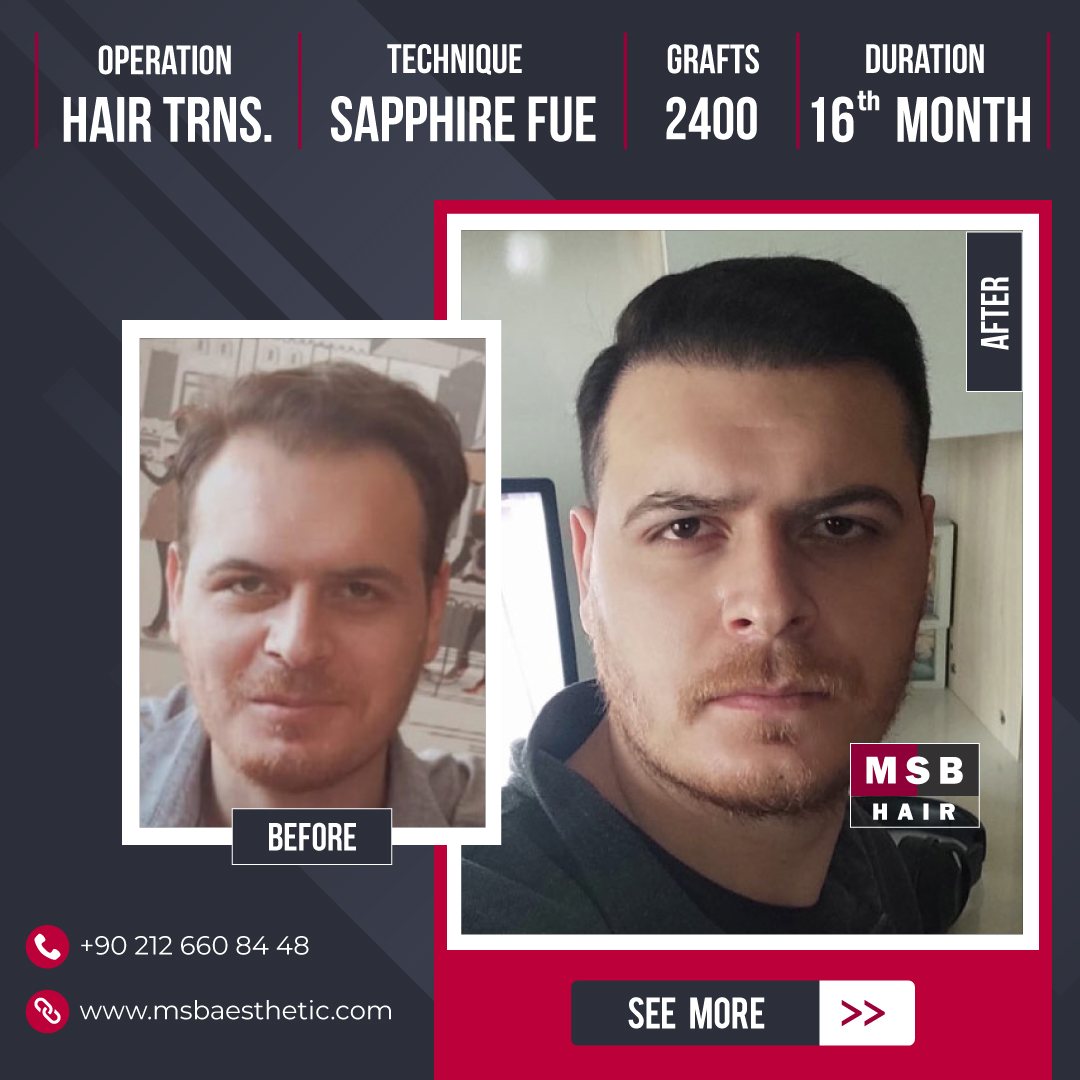

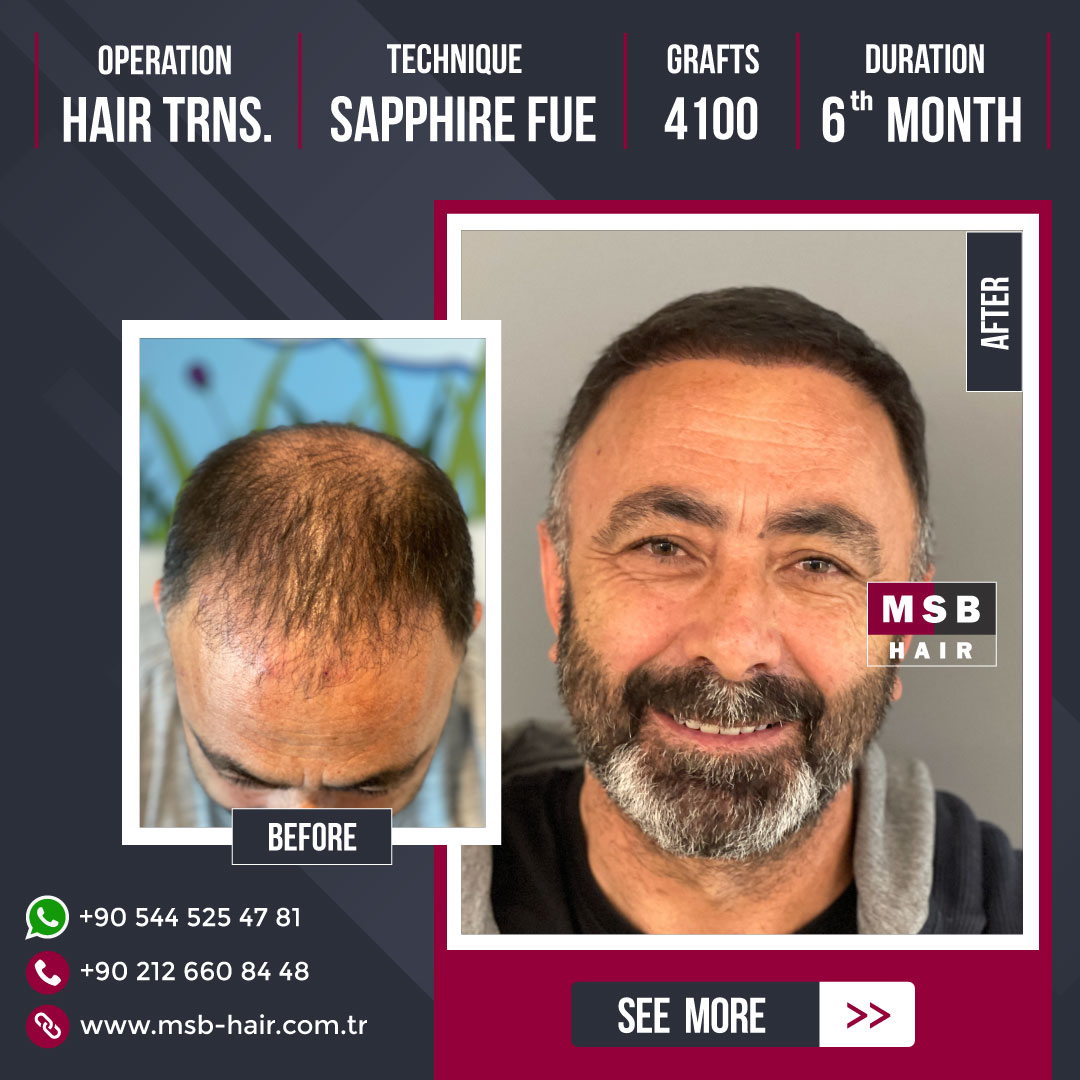

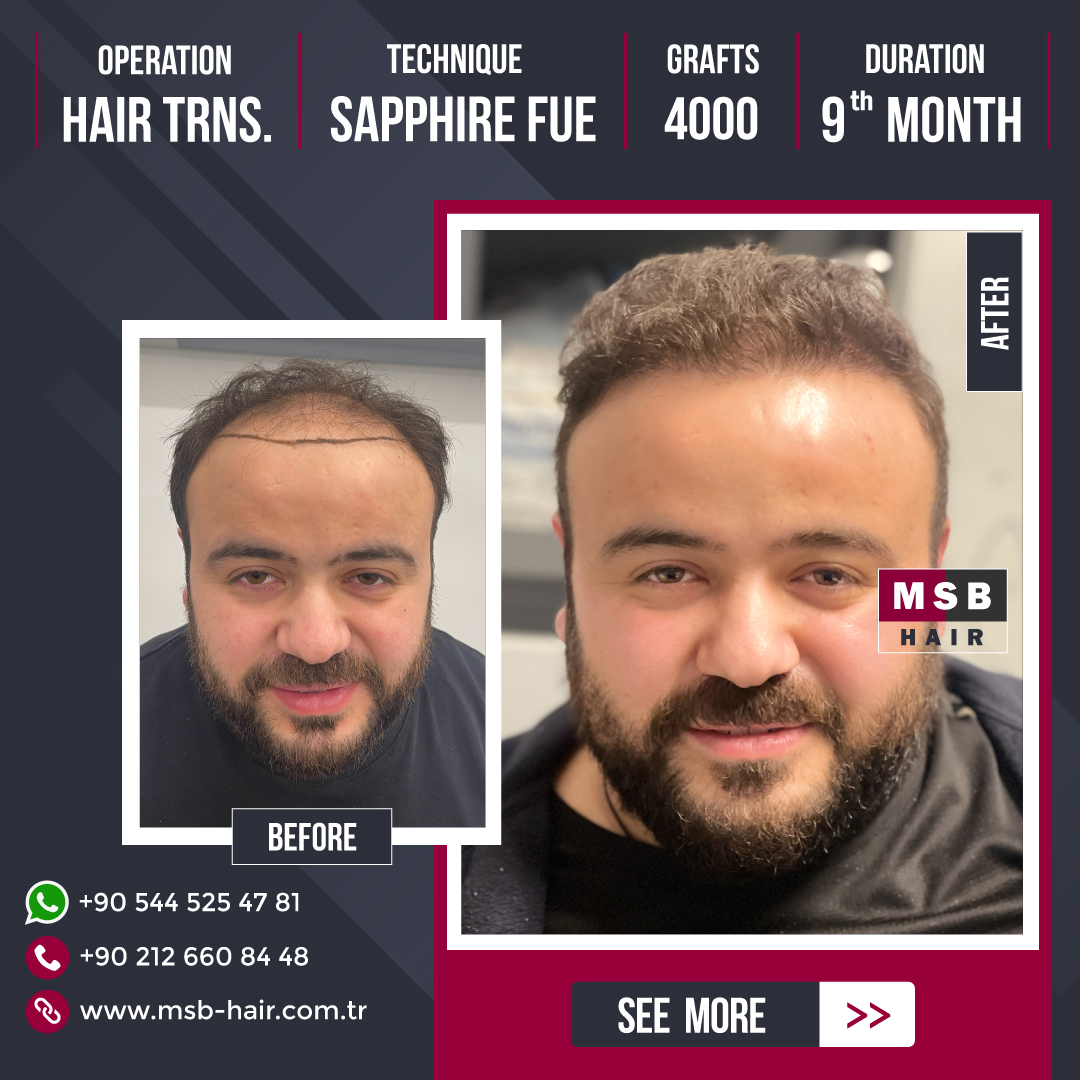

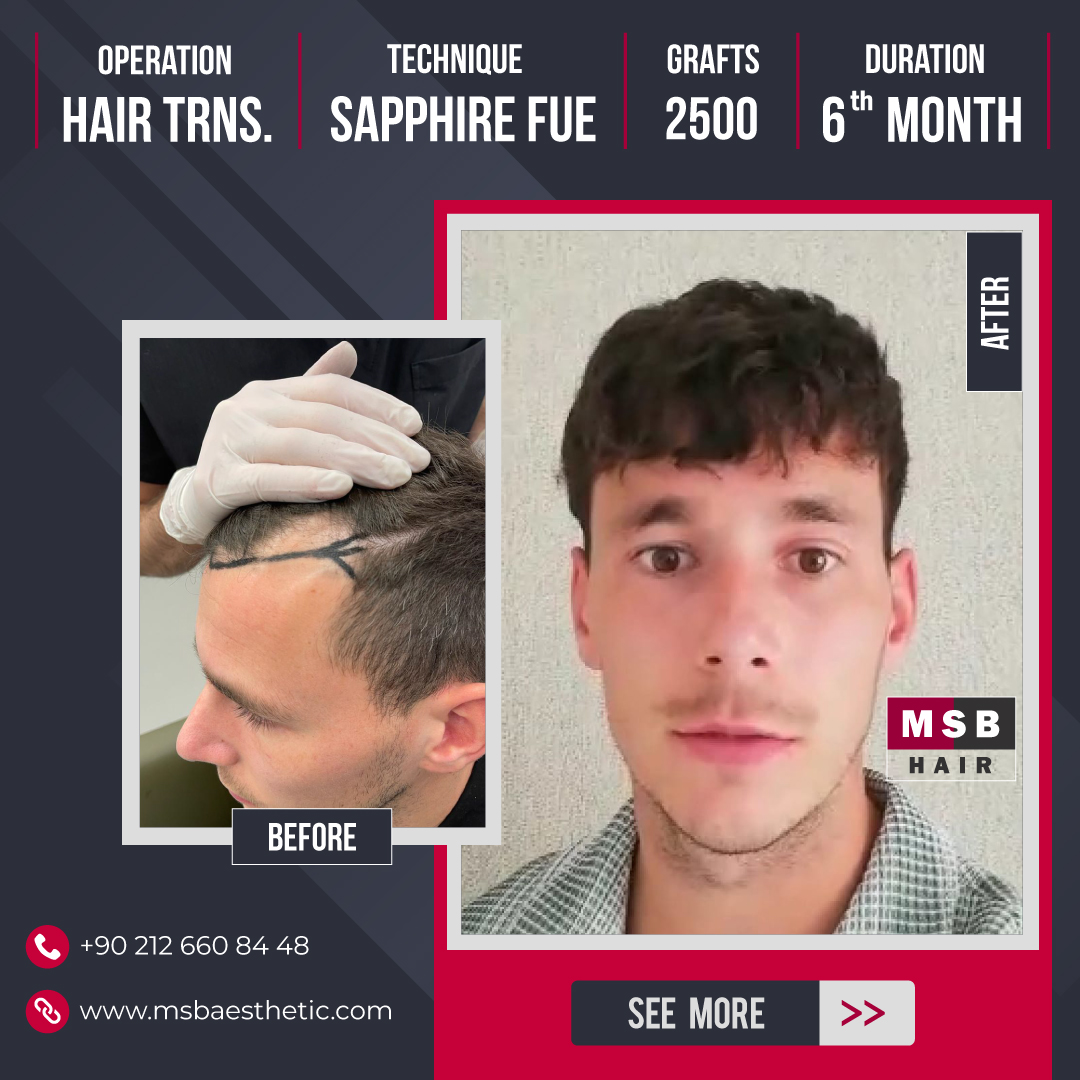

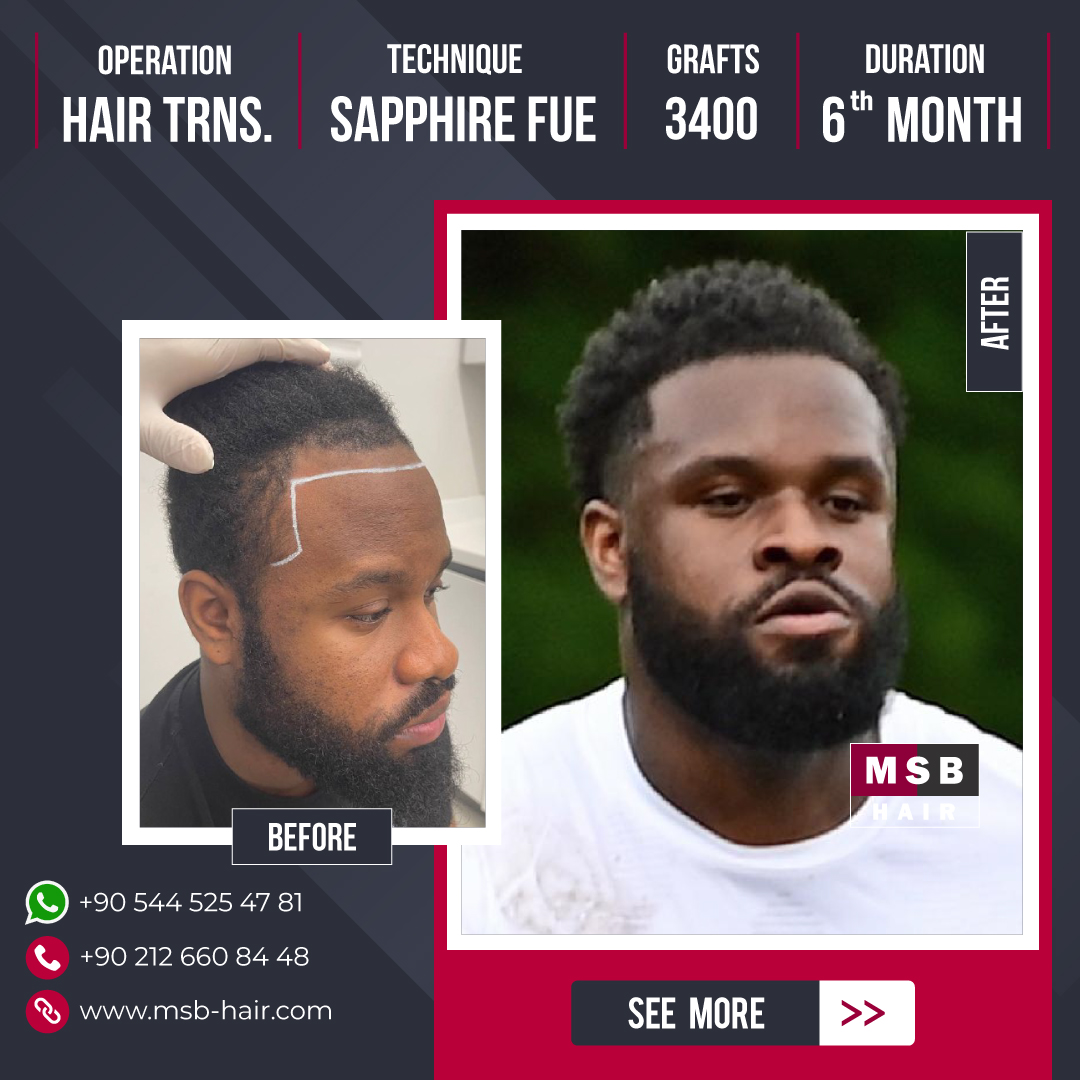

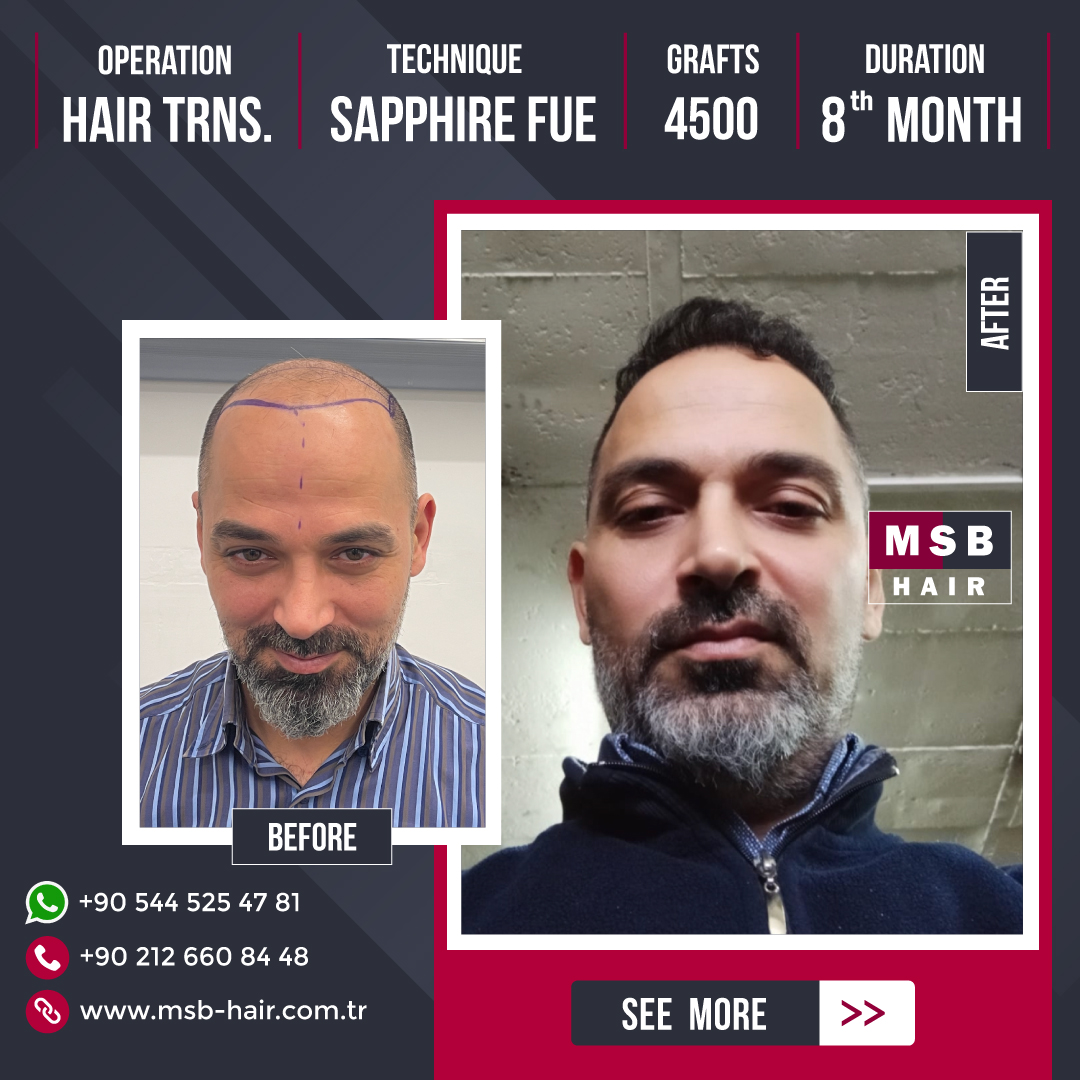

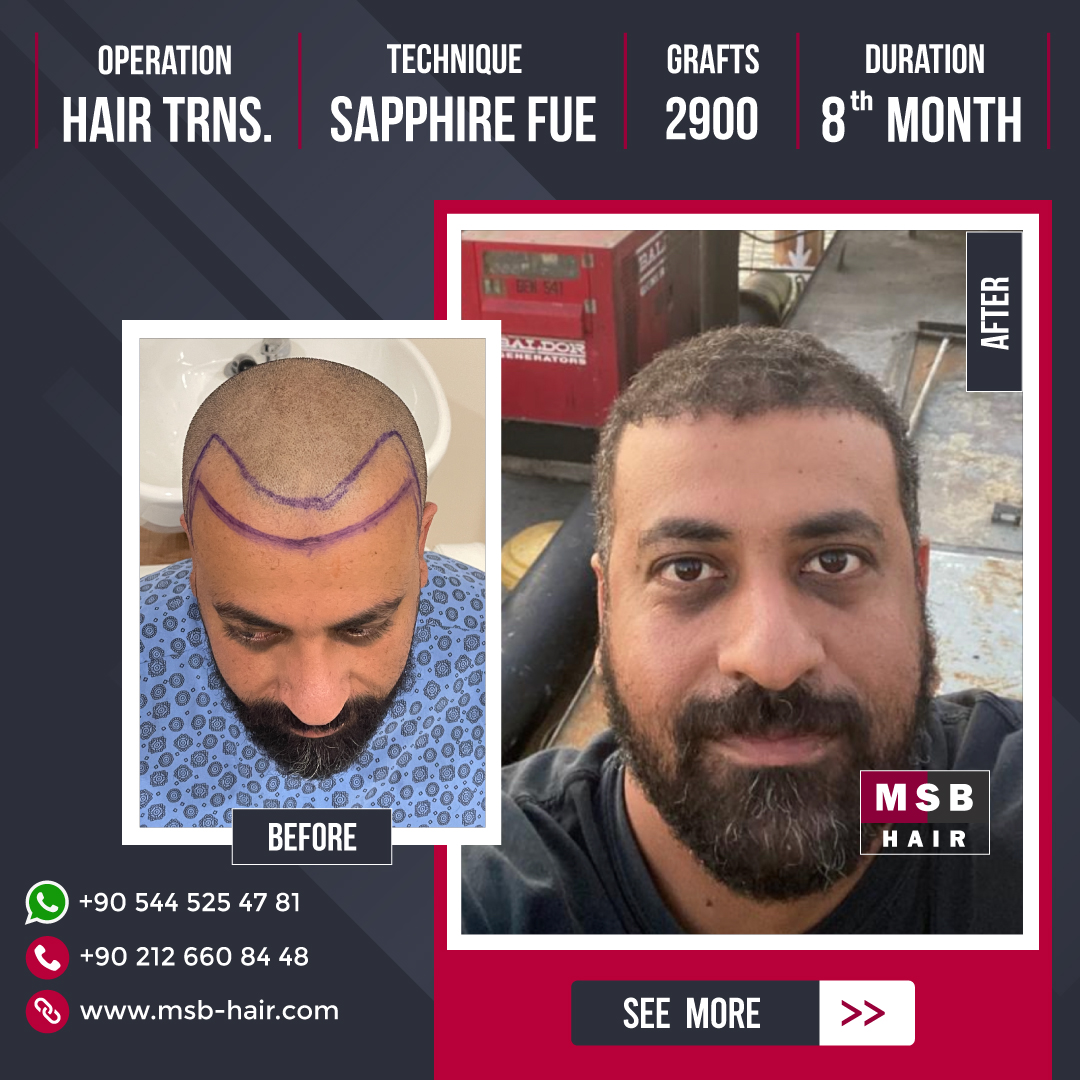

Open round the clock for conve-nience, quick and easy access
Cost-efficient, comprehensive and clinical laboratory services
Qualified and certified physicians for qulity medical care

